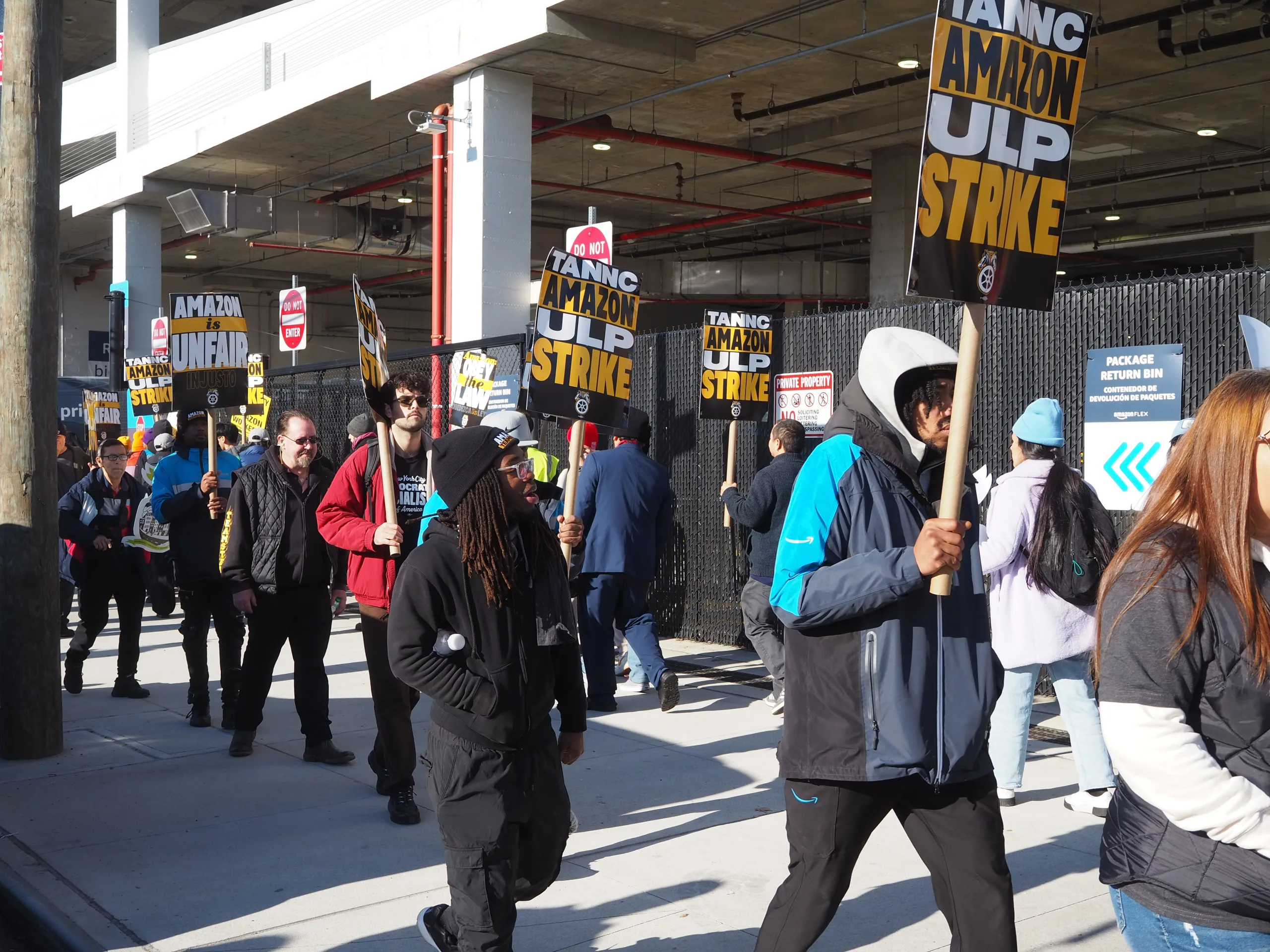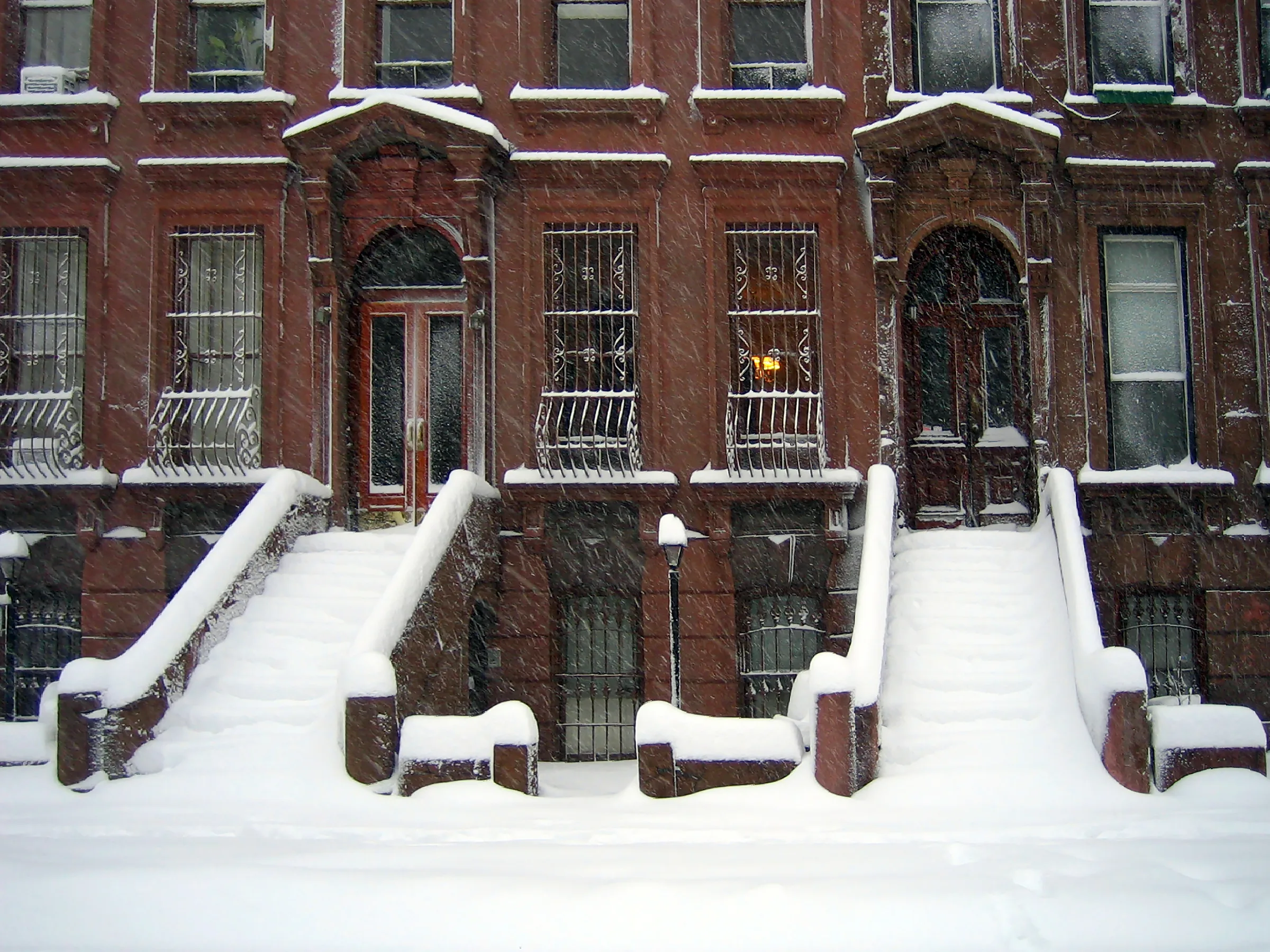The Mariel boatlift was used by Cuban immigrants who decided to emigrate to the United States in the 1980s. On April 20, 1980, Cuban President Fidel Castro announced those who wished to leave the country could freely emigrate to the U.S. using boats stationed at the Mariel port west of Havana. The first Cuban immigrants arrived in Florida the next day.
After just five months, the Cuban government closed the Mariel port, ending the migration of Cuban citizens to the United States. A total of 125,000 Cuban immigrants, who were later known as the Marielitos, arrived in the country during that time. Many had been released from Cuban jails or mental facilities. About 1,700 were jailed in the U.S. and 587 detained until they could find sponsors.
About 900 of the Cubans granted immigration parole after an initial detention by Immigration Naturalization Services were later convicted of and sentenced for crimes ranging from attempted murder to petty theft, which put them back in jail. Their immigration parole was revoked due to these convictions, but Castro refused to accept their return without a formal immigration agreement between the Castro regime and the Clinton Administration. In 2000, the Inter-American Commission on Human Rights wrote a report that directed the United States government to review detained Mariel Cubans’ statuses “as soon as is practicable,” as well as provide protection to all detained immigrants, even to those considered “excludable under immigration laws.”














